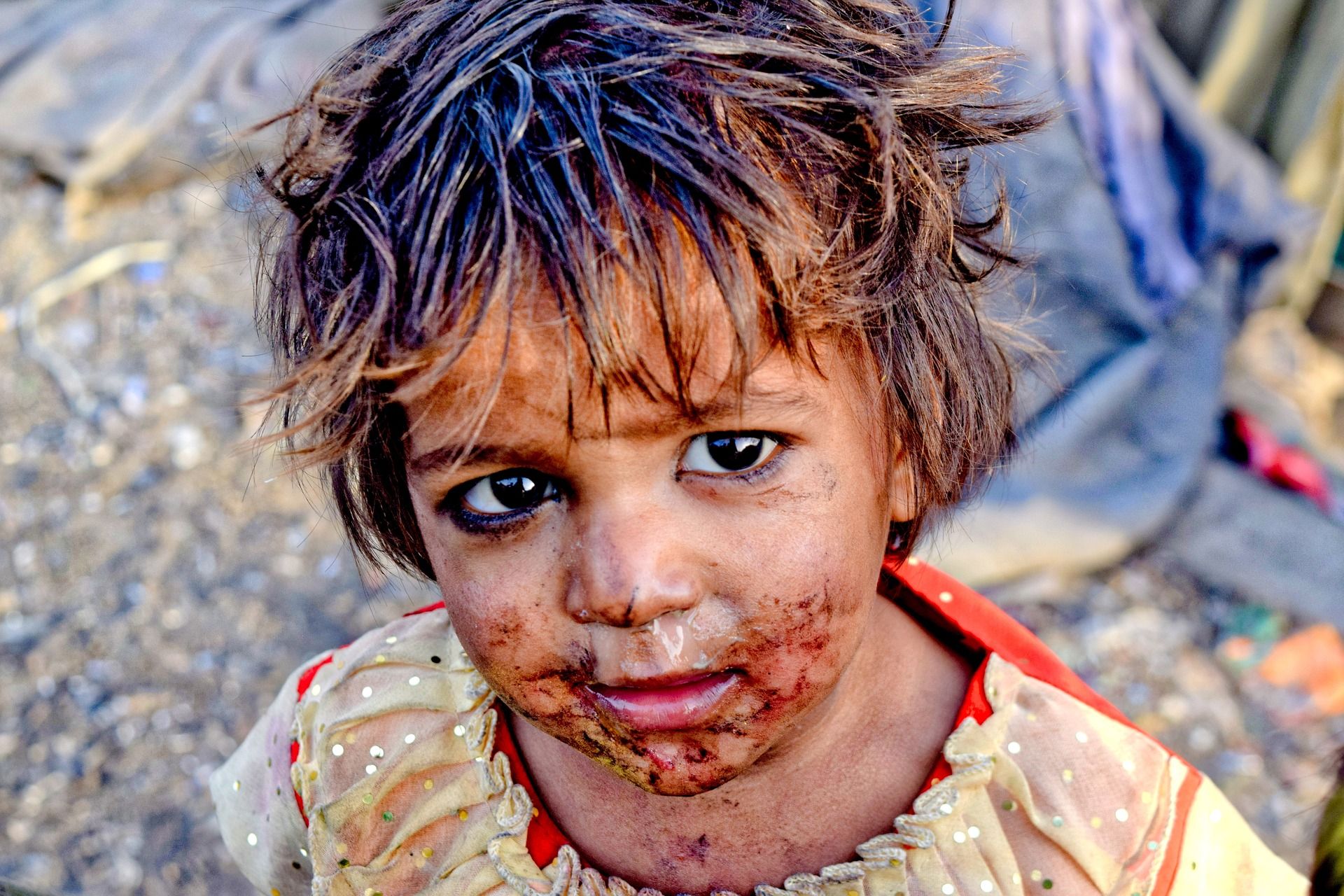The government think tank NITI Aayog released the National Multidimensional Poverty Index (NMPI) baseline report on Friday, which defines poverty as a lack of basic health, education, and living standards.
The findings are based on the National Family Health Survey 4 (NFHS-4) conducted between 2015 and 2016, and developed by the NITI Aayog in collaboration with 12 ministries, state governments, and index publishing agencies, including Oxford University’s Oxford Poverty and Human Development Initiative (OPHI) and the United Nations Development Programme (UNDP).
Also Read | As COVID pushes millions into poverty, Indians sell gold to make ends meet: Report
Why NFHS-4 ?
Data collected during the NFHS-4 (2015-2016) corresponds to the period prior to the full implementation of government schemes on housing, drinking water, sanitation, electricity, cooking fuel, financial inclusion, and other major efforts to improve school attendance, nutrition, mother and child health, and other areas, according to Times of India report.
“Hence it serves as a useful source for measuring the situation at baseline i.e. before large-scale rollout of nationally important schemes,” the government said in a statement on Saturday.
Also Read | PM Modi calls poor people his ‘friends’, says he provided them with free COVID-19 vaccination
The Union government listed several welfare schemes, including Pradhan Mantri Awas Yojana (PMAY), Jal Jeevan Mission (JJM), Swachh Bharat Mission (SBM), Pradhan Mantri Sahaj Bijli Har Ghar Yojana (Saubhagya), Pradhan Mantri Ujjwala Yojana (PMUY), Pradhan Mantri Jan Dhan Yojana (PMJDY), POSHAN Abhiyaan and Samagra Shiksha.
How is the data used ?
The national MPI 2021 is derived from household microdata collected at the unit level for the NFHS-4, which is used to calculate the baseline multidimensional poverty index. The baselines represent the country’s position prior to the full implementation of the aforementioned government programmes.
Furthermore, the NFHS-5 baseline would be used to assess the country’s progress, with data collected between 2019 and 2020.
The NFHS-5 data collected in 2019-20 will be used to assess the country’s progress against this baseline.
“The NFHS 5 2019-20 summary fact sheets for all States and Union Territories was released by IIPS and MoHFW on 24 November 2021. National MPI based on NFHS 5 of the data period 2019-20 will be computed when the unit level micro data for the same is released by IIPS and MoHFW next year,” the government said.
Calculating MPI
Nutrition, child and adolescent mortality, antenatal care, years of schooling, school attendance, cooking fuel, sanitation, drinking water, electricity, housing, assets, and bank account are among the 12 indicators that have been grouped into three dimensions: health, education, and standard of living.







